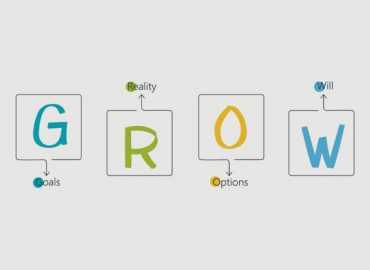What is SMED?
SMED is the term used to represent setup time and is often used interchangeably with “quick changeover”. It is one of the lean tools and focuses on reducing the time it takes to change a line or machine from one product to the other product with the goal of a “single” digit (i.e. less than 10 minutes). Regarding increased demand for product variability and consequently, less lead time and batch size as the main indicator of the Just-In-Time production system, SMED is getting more popular nowadays.
So, as time is money, In order to reduce the lead time, it is necessary to reduce batch size which in turn reduces work-In-Process (WIP). To do this, we must reduce changeover time. So, the following benefits are the result of implementing a SMED project:
- Faster changeover means more machines utilisation and less manufacturing costs
- Faster changeover results in more frequent product changes and consequently more flexibility and agility to customer demand
- Faster changeover results in smaller batch size and lower inventory level
- Effective changeover eliminates adjustments and trials and helps stabilise product quality
- And finally, it enables us to better serve our customers!
A Step-by-step Simplified Roadmap for SMED implementation
1. Observe and document the current set-up
In this step, we need to observe and document the current state of the selected machines. The selected machine is the bottleneck or constraint one which is frequently changed for different products and has a long change over time and also a considerable variation of the changeover time.
Different tools can be used for observing and documenting the current state such as video record the set-up process, draw a spaghetti diagram or complete the set-up operations analysis chart. Pareto chart can be used to measure and prioritise the different time category including preparation, set-up, adjustment, trial and so on.
2. Separate Internal and External elements
There are two types of set-up time:
Internal Set-up: Those activities that must be performed while the machine is shut down (Work content done in addition to Machine Time). E.g. removing dies and tooling
External Set-up: Those activities that are performed while the machine is operating. E.g. preparing toolings for the next set-up
3. Improve each element
In this step, we need to improve each element and the ultimate goal is to eliminate changeover time. We need to
- Convert as much of the internal set-up to the external set-up.
- Eliminate or reduce the internal and external setup.
- Eliminate the adjustment process.
- Revisit of the internal activities that have not been possible to convert into external and eliminate the wastes. Here are some example of the wastes:
- Materials are moved to the warehouse with the machine stopped.
- Tools and dies are supplied late, or incorrectly.
- Tools and dies that are not needed are taken back to the supply room before starting the machine.
- Some required screws and tools were not collected during the set-up process.
- Some nuts are just too tight when trying to remove them.
4. Observe and document the new setup process
- Compare setup time before
- Check if the improvements are working effectively
- Document the results
- Fine-tune if needed
5. Standardise the new setup procedure
The Set-up Operations Standard chart will become the basis for the new setup procedure. We need to prepare the appropriate detail and work instructions that will be included on the Setup Operations Standard chart and also assure that all appropriate personnel are trained in the new procedure
How CBIS can help you
Please contact us if you need more details on how our expert team can assists you in the training and implementation of SMED.
What is coaching? Coaching is a cyclical process of elevating the other persons’ awareness of...
What is DFSS? Design for Six Sigma is used to perfect products and processes before...
Lean Six Sigma is a powerful method for improving existing products, processes and services. One...
Introduction In our lean six sigma projects, too often we spend all our time on...
What is a Kaizen Blitz? Kaizen definition has been Americanised to mean “Continual Improvement.” A...
Lean Six Sigma projects can lead to a rewarding experience and immense benefits for an...
Introduction Value Stream Map (VSM) is a diagram of every step involved in the material...
As global competition continues to grow, the pressure to improve becomes more and more intense....
Attending our Public classroom physically or joining the team virtually from anywhere, according to the training calendar.
A flexible self-paced training for busy people along with our support by a dedicated coach, to solve the disadvantage of one-way online training
Delivering flexible and tailored training for your team and at your premises as a cost-effective solution for your team.










